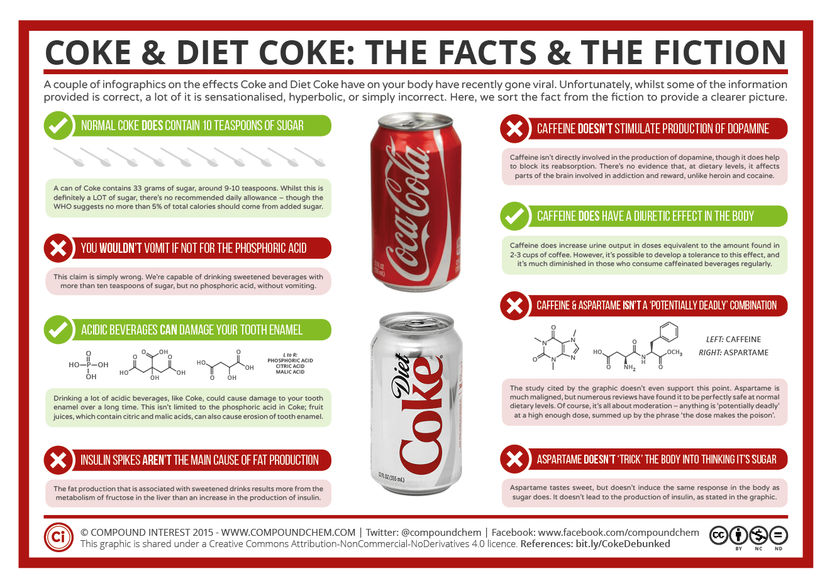Signs of developing asthma are evident in the first year of life
A new way of looking at chronic illness
What factors lead to chronic respiratory disease? Researchers investigated this question using health data from about 780 infants. Their analysis shows that children's risk of developing asthma later in life can be more reliably predicted by observing the dynamic development of symptoms during the first year of life.
About one in ten children in Switzerland suffers from asthma. Genetic predisposition, passive smoking, high levels of air pollution and infections are only a few of the risk factors for this chronic illness. Each factor has only a small influence on its own. It is their interplay that makes asthma more likely, according to the hypothesis of an international research committee, of which Professor Urs Frey of the University of Basel and the University Children’s Hospital Basel is a member.
Together with Dr. Uri Nahum from his team and international colleagues, Frey investigated how the interaction of these factors during the course of the first year of life affected children’s developing respiratory systems. The analysis was based on health data from two cohorts, amounting to around 780 healthy infants born in various European countries. The research team reports on the results in The Lancet Digital Health.
A new way of looking at chronic illness
For both cohorts the researchers calculated the network of interactions between a range of known risk factors for every week of each child’s life, and then compared these with the appearance of symptoms such as coughing or wheezing. “Observing this interaction of risk factors in the context of dynamic development over time is a new way of looking at chronic illnesses,” underlines Frey. It is a case of watching the developing lungs adapting to their environment.
And it was exactly this, the adaptation of the lungs, that differentiated the group of children who developed asthma at between two and six years of age from those who had not developed it by the time they started school (generally at six years old in Switzerland). “It’s a nice, practical example of the value of digital health data, which were first quantified mathematically using these kinds of dynamic network analyses,” says Frey.
The findings cannot yet be used for early diagnosis in individual children. However, according to Frey: “With greater amounts of data and machine learning, it would certainly be conceivable to calculate a risk profile for individual children in the future.” Nowadays, digital health data is relatively easy to collect with the help of smartphone apps.
In addition to those from the University of Basel and the UKBB, other researchers were also involved from the University of Applied Sciences and Arts Northwestern Switzerland and the Inselspital Bern, as well as from European partner institutions that were involved in the cohort studies “Basel-Bern Infant Lung Development” (BILD) and “Protection Against Allergy: Study in Rural Environments” (PASTURE).
Original publication
Uri Nahum, Olga Gorlanova, Fabienne Decrue, Heide Oller, Edgar Delgado-Eckert, Andreas Böck, Sven Schulzke, Philipp Latzin, Bianca Schaub, Anne M Karvonen, Roger Lauener, Amandine Divaret-Chauveau, Sabina Illi, Caroline Roduit, Erika von Mutius, Urs Frey; "Symptom trajectories in infancy for the prediction of subsequent wheeze and asthma in the BILD and PASTURE cohorts: a dynamic network analysis"; The Lancet Digital Health, Volume 6
Most read news
Original publication
Uri Nahum, Olga Gorlanova, Fabienne Decrue, Heide Oller, Edgar Delgado-Eckert, Andreas Böck, Sven Schulzke, Philipp Latzin, Bianca Schaub, Anne M Karvonen, Roger Lauener, Amandine Divaret-Chauveau, Sabina Illi, Caroline Roduit, Erika von Mutius, Urs Frey; "Symptom trajectories in infancy for the prediction of subsequent wheeze and asthma in the BILD and PASTURE cohorts: a dynamic network analysis"; The Lancet Digital Health, Volume 6
Organizations
Other news from the department science

Get the life science industry in your inbox
By submitting this form you agree that LUMITOS AG will send you the newsletter(s) selected above by email. Your data will not be passed on to third parties. Your data will be stored and processed in accordance with our data protection regulations. LUMITOS may contact you by email for the purpose of advertising or market and opinion surveys. You can revoke your consent at any time without giving reasons to LUMITOS AG, Ernst-Augustin-Str. 2, 12489 Berlin, Germany or by e-mail at revoke@lumitos.com with effect for the future. In addition, each email contains a link to unsubscribe from the corresponding newsletter.
More news from our other portals
Last viewed contents
Activated_protein_C_resistance
Prosonix Extends Series B Financing Round to £17.1M
Axis_(anatomy)























































